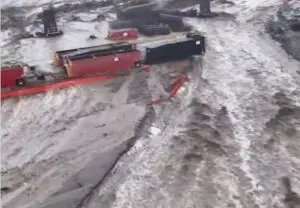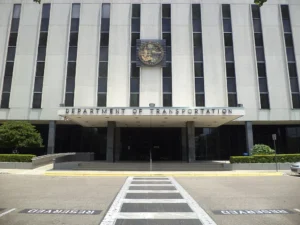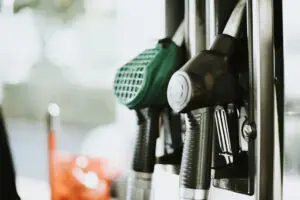Essential steps and preparations to be taken after a traffic accident
Traffic accidents can happen at any time, so every driver should be prepared. Knowing the process to follow after an accident will give you the ability to file an insurance claim correctly, completing each step calmly and methodically. If you find yourself in a vehicle accident, you need to understand how to prepare to interact with first responders, handle potential injuries, effectively communicate with other drivers, and manage insurance companies.
What to do in case of a vehicle accident:
First and foremost, if the vehicle poses a hazard, move it to the curb. Stay calm and plan your next steps to ensure everyone is safe and protect your rights while remaining at the accident scene.

Secure passengers
After a traffic accident, remaining calm is crucial to avoid making mistakes that could worsen the situation. Ensure all passengers, especially young children, pets, disabled adults, or non-ambulatory elderly, are safe and stay close to them throughout the process. It’s important to keep passengers inside the vehicle until it’s safe to remove them. If you need to exit the vehicle, assist them carefully or wait for professional assistance.

Call authorities
Once your vehicle is in a safe location and after checking for injuries, call 911 and request medical assistance if necessary. Provide precise details about the accident location to facilitate emergency response. Stay on the line until the operator advises you to hang up and help is on the way.
Additionally, contact your insurance company to report the accident. Avoid making hasty decisions before authorities arrive, as they will ensure everything is handled safely and beneficially for all involved.

Collect information and evidence
When speaking with the other driver, remain calm and composed to prevent misunderstandings or escalating tensions. Wait for the police to determine fault and avoid discussing potential injuries; let medical professionals assess them properly. Do not accept cash settlements; always opt for an insurance claim.
It’s crucial to keep your vehicle and personal documents organized to avoid forgetting important information in case of an accident. When exchanging information with the other driver, remember to collect:
- Name and contact information
- Insurance company and policy number
- Driver’s license and registration number
- Vehicle type, color, and model
- Accident location

Lastly, gathering evidence is essential. Take photographs and videos of the accident from multiple angles, including the license plate, insurance documents, and the police report, if available.

States with the most truck drivers in the U.S.
These are the states with the highest number of truck drivers in the United States. The trucking industry employs approximately 3.6 million truck drivers across

Lawmakers propose 10% penalty for brokers hiring high-risk carriers
A new legislation was proposed to penalize brokers who hire carriers with a history of violations. On December 18, Republican Representative John Moolenaar of Michigan

Severe Flooding and Travel Chaos in Southern California
A powerful atmospheric river is driving Severe Flooding and Travel Chaos in Southern California, with torrential rain triggering mudslides, emergency evacuations, and widespread road closures. Major highways such as Interstate 15 were shut down as floodwaters and debris inundated roads and bridges, stranding holiday travelers and disrupting regional transportation.

The Department of Transportation’s “naughty list”
The United States Department of Transportation continues to expand its “naughty list,” now including California, New York, and Colorado. The U.S. Department of Transportation (DOT)

Gas prices at lowest during the holiday season
Data by the American Automobile Association shows that December has been the cheapest month of the year for gas prices. The magic of Christmas has

Accident rates rise nearly 30% in winter holiday travel
The month of December becomes one of the most congested of the year, making the risk of an accident more volatile. Winter is the most
